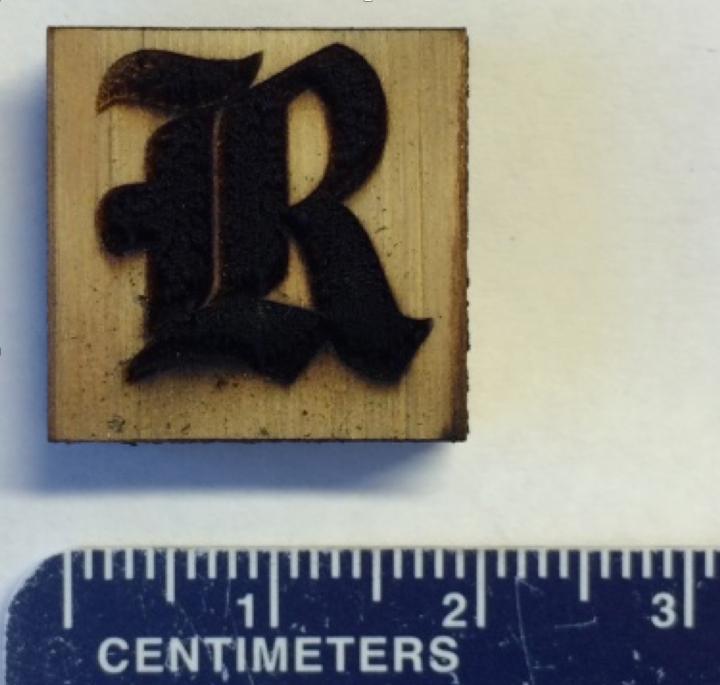Laser technique turns wood into graphene
Scientists at Rice University have developed a method of forming a thin coat of laser-induced graphene (LIG) on the surface of wood.

(Credit: Tour Group/Rice University)
The research, described in the journal Advanced Materials, could lead to the development of biodegradable electronics. A standard industrial laser is used for the process, operating at room temperature. However, the laser is fired in an inert atmosphere, where the lack of oxygen prevents the wood from burning. Instead, the surface is transformed into wrinkled flakes of graphene foam bound to the wood beneath.
"It's a union of the archaic with the newest nanomaterial into a single composite structure," said Rice chemist James Tour.
LIG was first discovered at Rice in 2014, but has previously been made using thin sheets of polyimide, an inexpensive plastic. Experimenting with different types of wood, the current team first tried birch and oak before settling on pine. According to the researchers, pine's cross-linked lignocellulose structure makes it better for the production of high-quality graphene than woods with a lower lignin content.
Register now to continue reading
Thanks for visiting The Engineer. You’ve now reached your monthly limit of news stories. Register for free to unlock unlimited access to all of our news coverage, as well as premium content including opinion, in-depth features and special reports.
Benefits of registering
-
In-depth insights and coverage of key emerging trends
-
Unrestricted access to special reports throughout the year
-
Daily technology news delivered straight to your inbox










Water Sector Talent Exodus Could Cripple The Sector
Maybe if things are essential for the running of a country and we want to pay a fair price we should be running these utilities on a not for profit...